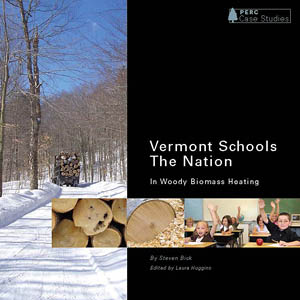Summary

Vermont has taken the lead in using residual material created during forest management (woody biomass) to heat schools and commercial buildings. Steven Bick’s Case Study outlines the astonishing savings Vermont schools, public buildings, and private companies have incurred by using woody biomass for heat in comparison to oil, propane, electricity, and natural gas.
With its abundance of forests and sawmills, Vermont has long been the nation’s leading user of wood—or, more precisely, woody biomass—for heating. Other parts of the country are beginning to follow suit.



